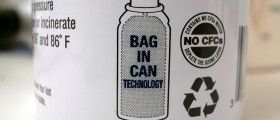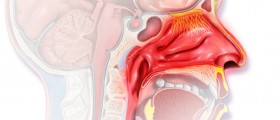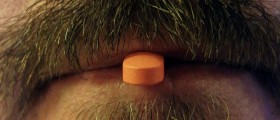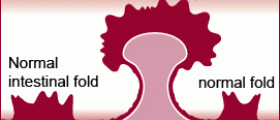
Nasal papillomas or, more precisely, sinonasal papillomas, are benign lesions that grown on the mucosal lining of the nose and the sinuses. These neoplastic lesions are not common, comprising less than four percent of all nasal tumors. Like nasal polyps, they are more common in men than in women and they are very rare in children. Nasal papillomas tend to reoccur and they often cause structural damage to the surrounding tissue. For this reason they are considered more serious that nasal polyps. In addition, nasal papillomas involve a risk of malignancy, especially squamous cell carcinoma, small cell carcinoma and adenocarcinoma.
Causes of nasal papillomas
Several factors have been considered as potential causes of nasal papillomas, but it is not yet completely clear which one is definitely responsible for this type of benign lesions.
Allergies, chronic sinus infections, pollutants and viruses are the most likely causes. However, allergies are often discarded as the cause of nasal papillomas since many patients do not have a history of allergies and, in addition, papillomas often appear only on one side, which is inconsistent with allergies. As for the recurring paranasal sinus infections, they are believed to be a consequence, rather than a cause of formation of papillomas.
Viral infections, especially with human papillomavirus, are well-known for causing papillomas elsewhere in the body, for example on the skin and on and in the genitals. Patients with nasal papillomas are, for this reason, usually tested for HPV strains.
Symptoms of nasal papillomas
Nasal obstruction or blockage of the nasal passages, especially if unilateral, is the most frequent symptom of nasal papillomas. Other symptoms may involve runny nose, nosebleed, excessive production of tears and facial pain. Some facial swelling can also be seen.
During a physical examination of the nose, papillomas appear as a polyp-like mass that blocks the nose and may bleed when touched. They are reddish-gray, they can be quite large and they are almost always seen only on one side of the nose.
Treatment for nasal papillomas
Most experts agree that surgery is the best course of treatment for nasal papillomas. Radiotherapy was once considered an option but since there is a risk it might cause malignancy in otherwise benign papillomas, this course of treatment is today very rare.
Surgery is performed to remove the papillomas completely from the nose and to repair any possible structural damage they might have caused. Since nasal papillomas tend to reoccur, long-term follow-up after the procedure is necessary.

















Your thoughts on this
Loading...